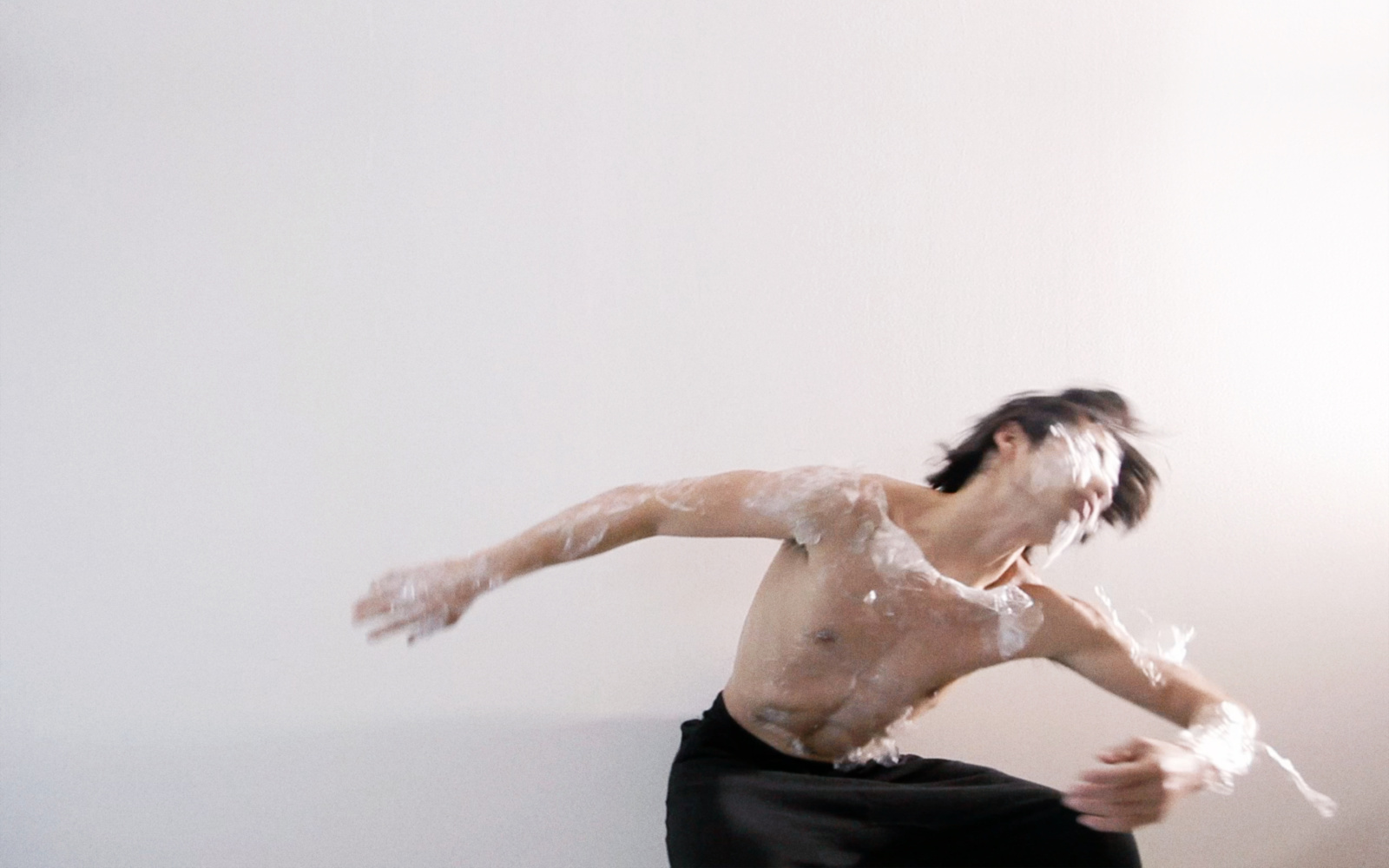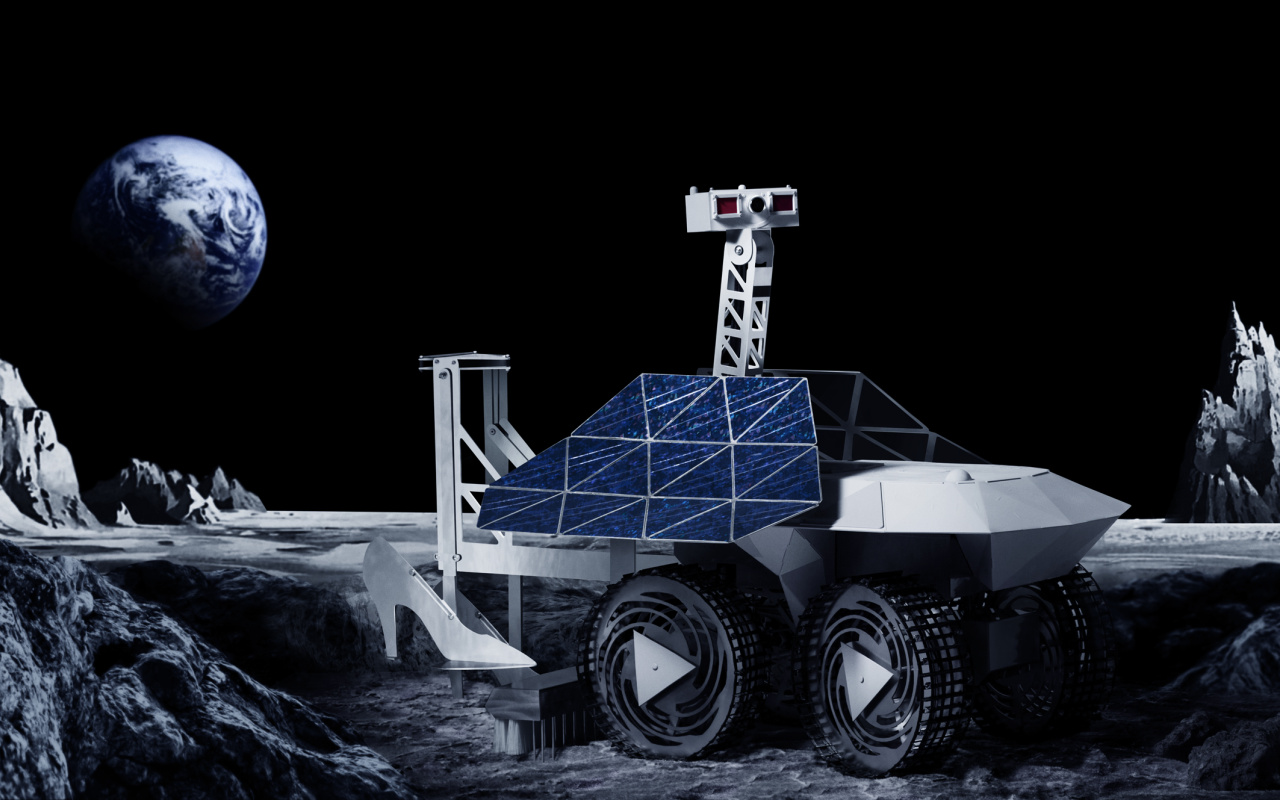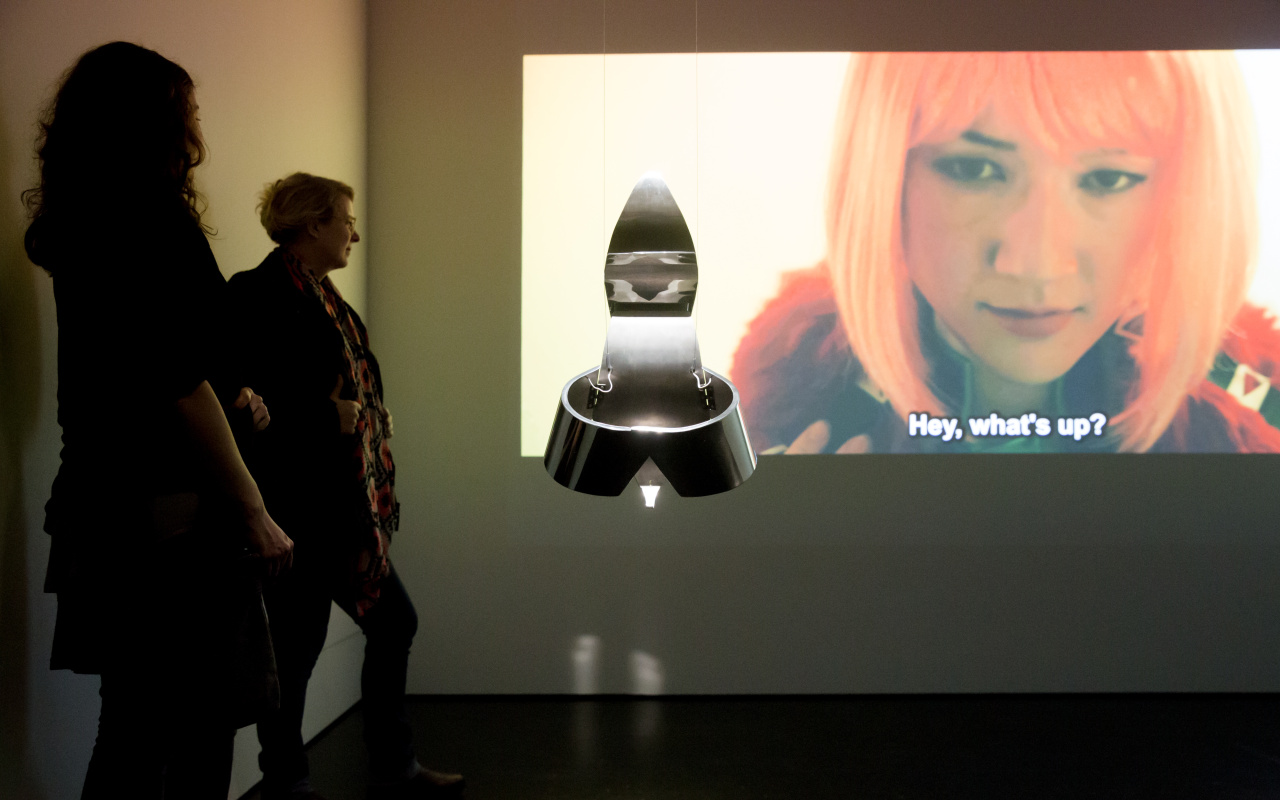Sputniko!
The Moonwalk Machine – Selena's Step (2013)
»The Moonwalk Machine - Selena's Step« unravels a story about the protagonist Selena, a science geek girl, who invents a lunar rover rigged with high-heels, in the hope of leaving her marks as the first female steps on the surface of the moon. The installation includes an image of a super heroine – Lunar Girl – which Selena dreams of becoming, as well as the actual lunar rover. With input from engineers and specialists at NASA's Johnson Space Center in Houston, the machine was designed to leave high-heel marks firmly imprinted on the moon's surface – suggesting that the next "giant leap for mankind" might be in the not so distant future, not for the sake of winning the space race, but for the fulfillment of a personal, romantic wish.
Menstruation Machine – Takashi's Take (2010)
»The Menstruation Machine« deals with an intriguing question. As a female artist, Sputniko! wanted to know: Why are humans still menstruating? When the contraceptive pill was launched commercially in the 1960s, the regimen deliberately provided for a monthly pill-free week of menstruation. The doctors felt that users would find the loss of their periods worrisome and unacceptable. Fifty years further along, modern technology has accomplished so much more – space travel, mobile phones, the Internet, cloning, and genetically modified foods – but women are still bleeding. Clearly, the advancement of technology is heavily influenced by prevailing political, social, and cultural backgrounds. So what does menstruation mean, biologically, culturally, and historically, to humans? Who might choose to have it, and how might they have it? »The Menstruation Machine« – fitted with a blood dispensing mechanism and electrodes stimulating the lower abdomen – simulates the pain and bleeding of a five-day menstruation process. In the music video, a Japanese transvestite boy named Takashi builds and wears the machine to fulfill his desire to understand what a period feels like to his female friends. The music video was posted on YouTube to trigger reaction from a wide audience, outside of the traditional gallery environment. It was immediately posted on influential blogs, and the story of Takashi's desire to menstruate created a viral frenzy of debates, resulting in 100,000 YouTube hits in a mere week.


